The rhythmic lapping of tidal waters against tangled roots sets the pulse of one of Earth’s most vital ecosystems—the mangrove forest. These coastal guardians, often overlooked in favor of coral reefs or rainforests, are quietly performing ecological miracles where land and sea collide. From the Sundarbans of Bangladesh to the Florida Everglades, mangroves have evolved extraordinary adaptations to thrive in saline, oxygen-poor soils, creating biodiversity hotspots that ripple with life.
A labyrinth of life emerges where few plants dare take root. The mangrove’s iconic stilt roots don’t just anchor trees—they form underwater cities for juvenile fish seeking refuge from predators. In the Philippines’ Palawan province, researchers recently documented 127 fish species utilizing a single hectare of mangroves as nursery grounds. The trees’ dense canopy hosts specialized species like the proboscis monkey in Borneo, while their muddy substrates sustain fiddler crab armies that process nutrients with clockwork precision.
The trees’ salt-filtering capabilities border on alchemy. Red mangroves (Rhizophora mangle) employ reverse-osmosis at their roots, excluding over 90% of seawater salts. Those that slip through get excreted through specialized leaf pores or stored in sacrificial leaves that yellow and drop—a botanical version of targeted toxin disposal. This adaptation allows mangroves to flourish where freshwater rivers kiss the ocean, creating brackish transition zones richer in species than either habitat alone.
Coastal communities have woven mangroves into their cultural fabric for centuries. In Vietnam’s Mekong Delta, fishermen still practice "crab singing"—tapping mangrove roots to lure crustaceans from burrows, a technique passed through generations. The trees’ tannin-rich bark yields natural dyes for traditional Batik fabrics in Indonesia, while their wood resists shipworms, making it ideal for boat-building. Modern science now confirms what indigenous knowledge long held: these forests are living storm barriers. During 2004’s Indian Ocean tsunami, villages behind intact mangroves suffered significantly less damage—a revelation that sparked global mangrove restoration initiatives.
Carbon sequestration occurs here at staggering rates. Unlike terrestrial forests that store carbon mainly in biomass, mangroves pack it into oxygen-deprived peat soils that accumulate over millennia. Scientists from Australia’s James Cook University calculated that mangrove soils sequester carbon 50 times faster than tropical rainforests per hectare. When Indonesia’s massive mangrove die-off occurred in the 1990s due to shrimp farming, the released carbon equivalent rivaled annual emissions from entire industrialized nations—a stark warning about the climate costs of destruction.
The very adaptations that make mangroves resilient also render them vulnerable. Their specialized physiology limits genetic diversity, leaving entire stands susceptible to disease. In Ecuador’s Guayas River estuary, a fungal pathogen has decimated 30% of black mangroves since 2018. Rising sea levels present another paradox—while mangroves naturally migrate landward, coastal development now blocks their retreat in countless locations. Researchers at Singapore’s National Parks Board observe this "coastal squeeze" playing out in real time as seawalls prevent mangrove colonization of higher ground.
Innovative conservation approaches are emerging. Kenyan communities now practice "carbon fishing"—receiving payments for protecting mangroves based on verified carbon offsets. In the UAE, engineers designed permeable breakwaters that mimic mangrove roots, reducing wave energy while allowing sediment accumulation to foster natural regeneration. Perhaps most promising is Vietnam’s "mangrove aquaculture" model, where shrimp ponds incorporate mangrove buffers that filter effluent—increasing yields while maintaining ecosystem function.
New discoveries continue to reshape our understanding. Recent studies reveal mangroves as major players in the oceanic mercury cycle, their anaerobic soils converting toxic methylmercury into less harmful forms. Other research highlights their role in capturing microplastics—a single square kilometer can filter over 200 million particles annually. Even their reproductive strategies astonish: some species produce live seedlings (propagules) that photosynthesize while still attached to parent trees, essentially "pre-growing" before dropping into the water.
The future of mangroves hinges on recognizing their interconnected value. They’re not just fish nurseries or carbon vaults, but dynamic systems where ecological, economic, and cultural benefits compound. As climate change intensifies, these saltwater forests stand as living testament to nature’s ingenuity—if we afford them space to adapt. From stabilizing coastlines to sustaining fisheries, mangroves demonstrate that the most unassuming landscapes often hold the keys to planetary resilience.
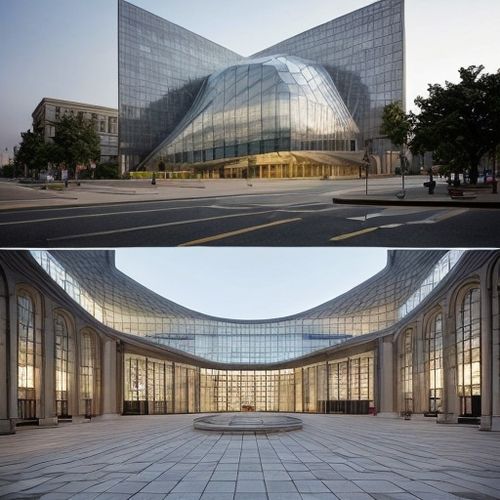
By John Smith/Apr 28, 2025

By Christopher Harris/Apr 28, 2025
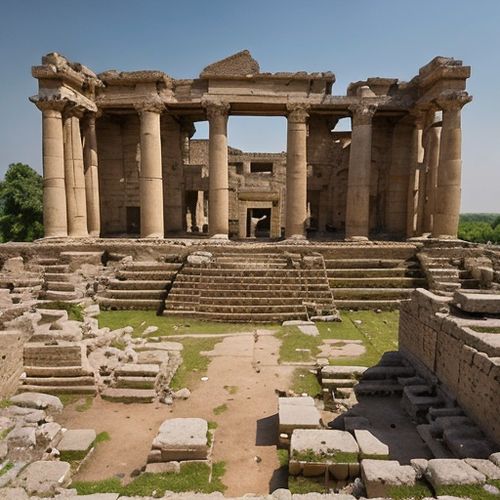
By Sophia Lewis/Apr 28, 2025

By Amanda Phillips/Apr 28, 2025

By George Bailey/Apr 28, 2025

By Christopher Harris/Apr 28, 2025

By Thomas Roberts/Apr 28, 2025

By James Moore/Apr 28, 2025
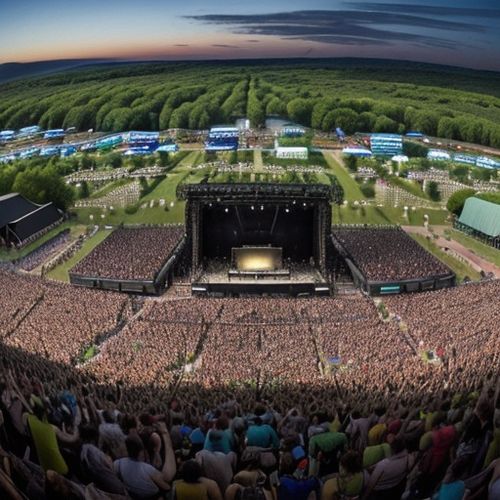
By Eric Ward/Apr 28, 2025
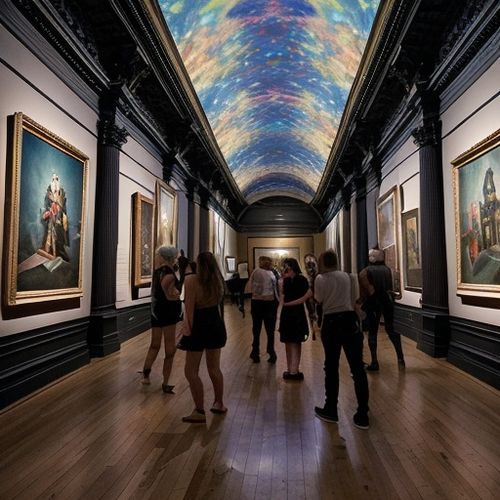
By Thomas Roberts/Apr 28, 2025
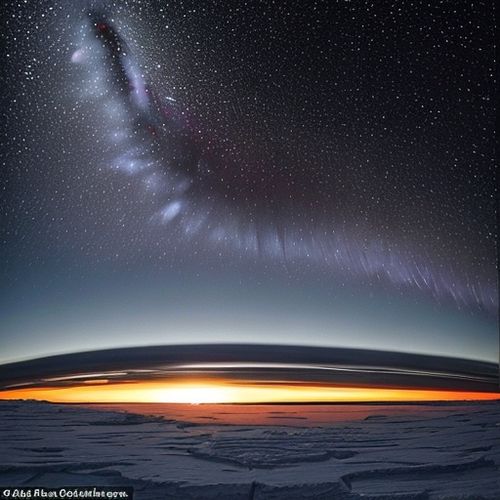
By Sophia Lewis/Apr 28, 2025

By Joshua Howard/Apr 28, 2025
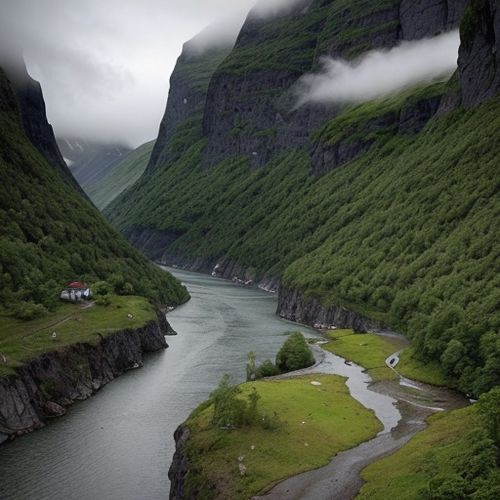
By Jessica Lee/Apr 28, 2025
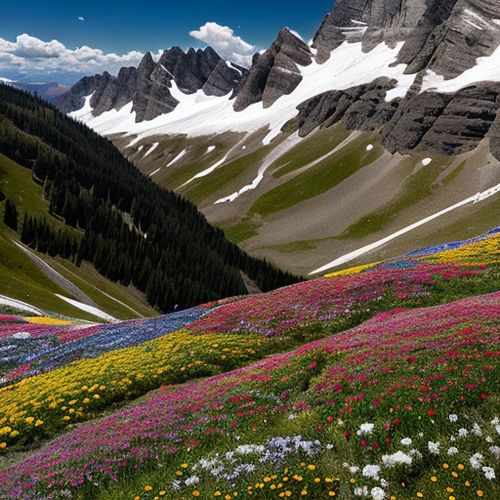
By Christopher Harris/Apr 28, 2025
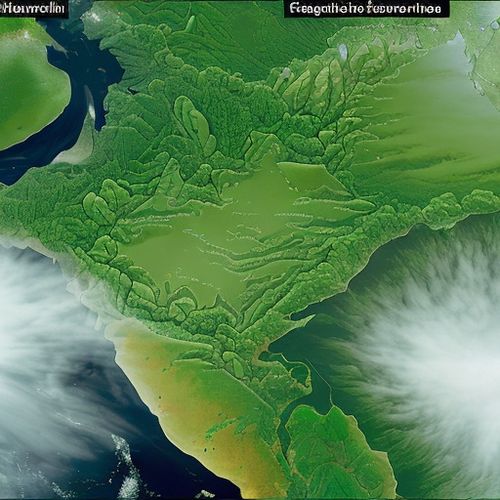
By Elizabeth Taylor/Apr 28, 2025

By Rebecca Stewart/Apr 28, 2025
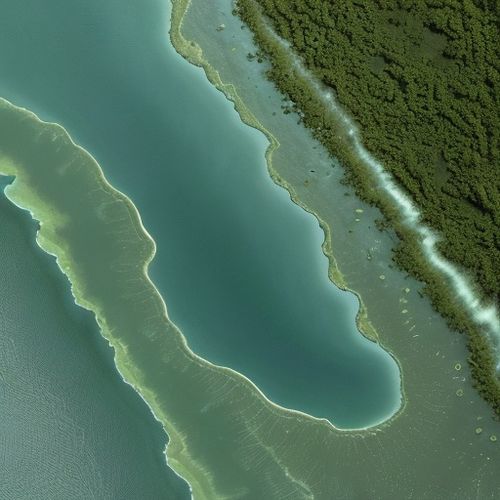
By Amanda Phillips/Apr 28, 2025
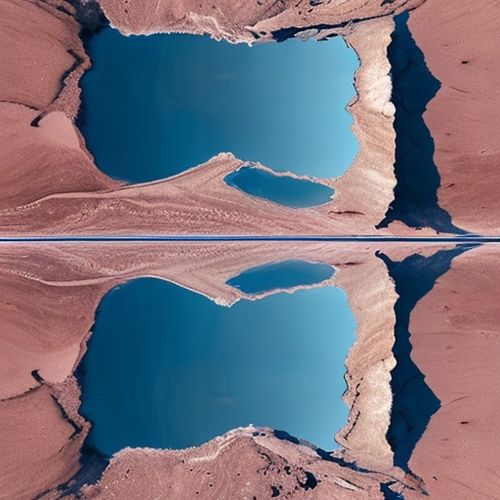
By Michael Brown/Apr 28, 2025
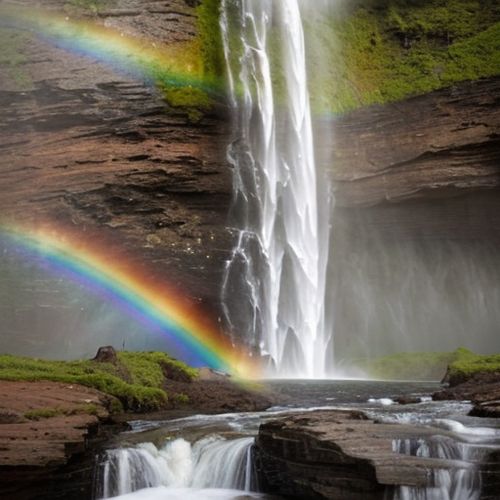
By James Moore/Apr 28, 2025
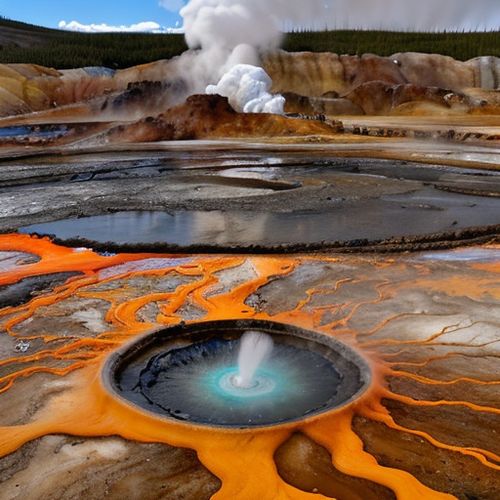
By Sophia Lewis/Apr 28, 2025